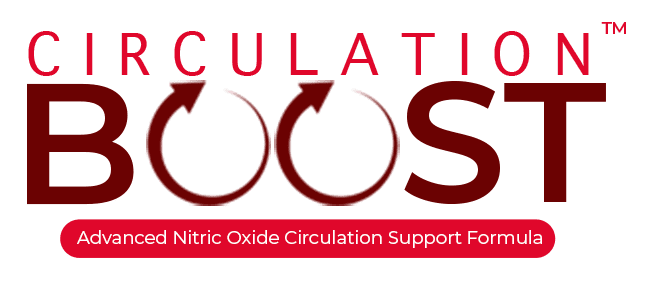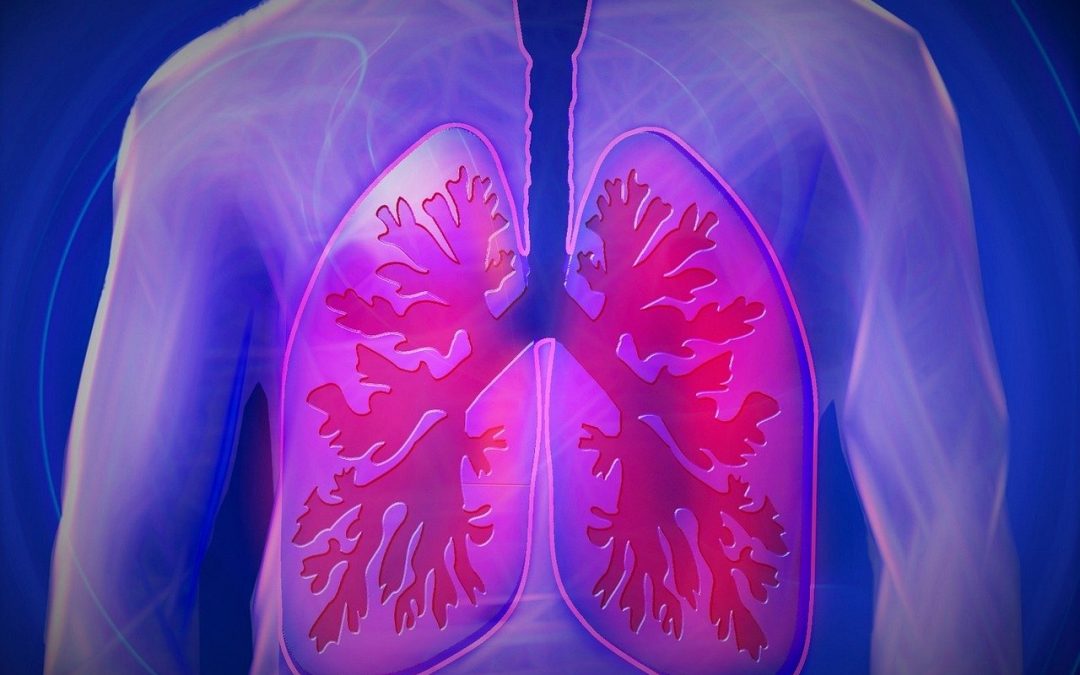The heart, arteries, and veins make up the circulatory system which delivers blood throughout the body. Learn how pulmonary circulation helps with blood flow.
Healthy circulation is essential to life as it carries oxygen to our cells throughout the body.
Blood flow is driven by the pumping of the heart and helps circulate blood through veins, arteries, and capillaries.
While most blood vessels fuel various parts of the body, one set circulates blood specifically through the lungs for gas exchange.
The following are 5 key circulatory system functions.
1. Pulmonary Circulation and Systemic Circulation
There are two main types of circulation – pulmonary and systemic.
Pulmonary circulation transports deoxygenated blood to the lungs.
It does this to absorb oxygen and release the carbon dioxide.
This oxygenated blood flows back to heart.
While pulmonary circulation moves blood between the heart and lungs, systemic circulation moves blood between the heart and rest of the body.
It takes oxygenated blood and sends it out to cells, then returns deoxygenated blood to the heart.
2. Heart and Circulation
The heart powers both kinds of circulation – pulmonary and systemic.
To begin systemic circulation, it pumps oxygenated blood from the left ventricle into the aorta.
The blood supplies cells in the body with nutrients and oxygens.
Then it returns deoxygenated blood to the right atrium.
This deoxygenated blood then shoots down the right atrium to the right ventricle.
To begin pulmonary circulation, the heart then pumps it out of the right ventricle into the pulmonary arteries.
3. Circulatory and Respiratory System
Both the circulatory and respiratory system work together to help the body with oxygen and removal of carbon dioxide.
Pulmonary circulation helps external respiration, or when deoxygenated blood flows to the lungs.
It absorbs oxygen from the alveoli (tiny air sacs) and then releases carbon dioxide.
On the other hand, systemic circulation helps facilitate internal respiration, or when oxygenated blood flows to capillaries throughout the body.
4. Pulmonary Loop
There is a pulmonary loop that only transports blood between the heart and lungs.
Deoxygenated blood travels from the right ventricle of the heart through the pulmonary trunk, which divides into the right and left pulmonary arteries.
Afterwards, these arteries help transport the deoxygenated blood to capillary beds and arterioles in the lungs.
Once it’s there, it releases carbon dioxide and absorbs oxygen.
This oxygenated blood proceeds to travel from the capillary beds to the pulmonary veins.
These pulmonary veins deliver it to the left atrium of the heart.
Fun fact: pulmonary arteries are the only kind of arteries that carry deoxygenated blood, while pulmonary veins are the only ones that carry oxygenated blood.

